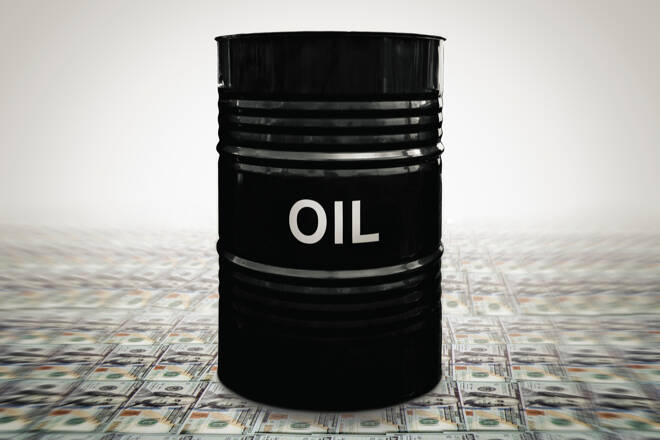Advertisement
Advertisement
Natural Gas and Oil Analysis: PBoC Rate Cuts Fuel Surge in Prices, Stocks Decline, NG Up Over 1%
By:
PBoC's MLF rate cut propels US and UK oil prices, with NG seeing a 1.36% rise amidst global economic shifts.
Key Insights
- US and UK oil prices surge, driven by PBoC’s potential MLF rate cut and US stockpile decrease.
- PBoC’s MLF rate cut and RRR reduction could boost China’s liquidity, increasing global crude oil consumption.
- EIA reports significant crude oil stock decline due to weather; Baker Hughes predicts reduced North American drilling in 2024.
Oil Markets React to Global Economic and Weather Factors
About the Author
Arslan Aliauthor
Arslan is a finance MBA and also holds an MPhil degree in behavioral finance. An expert in financial analysis and investor psychology, Arslan uses his academic background to bring valuable insights about market sentiment and whether instruments are likely to be overbought or oversold.
Did you find this article useful?
Latest news and analysis
Advertisement
